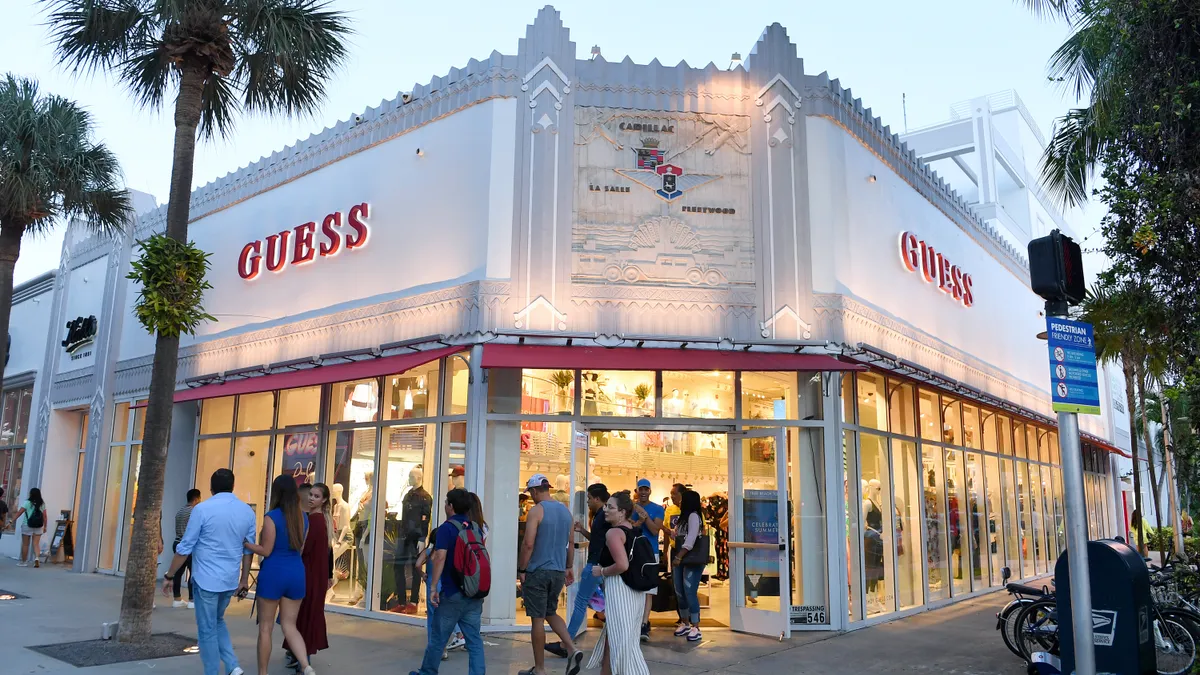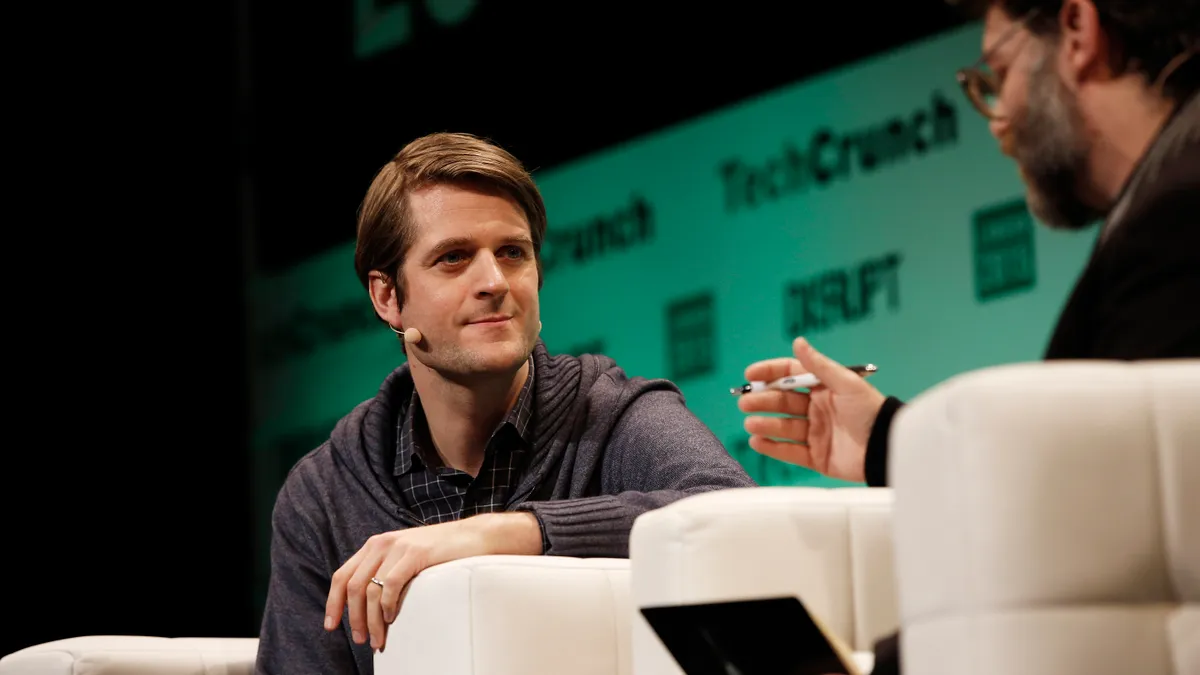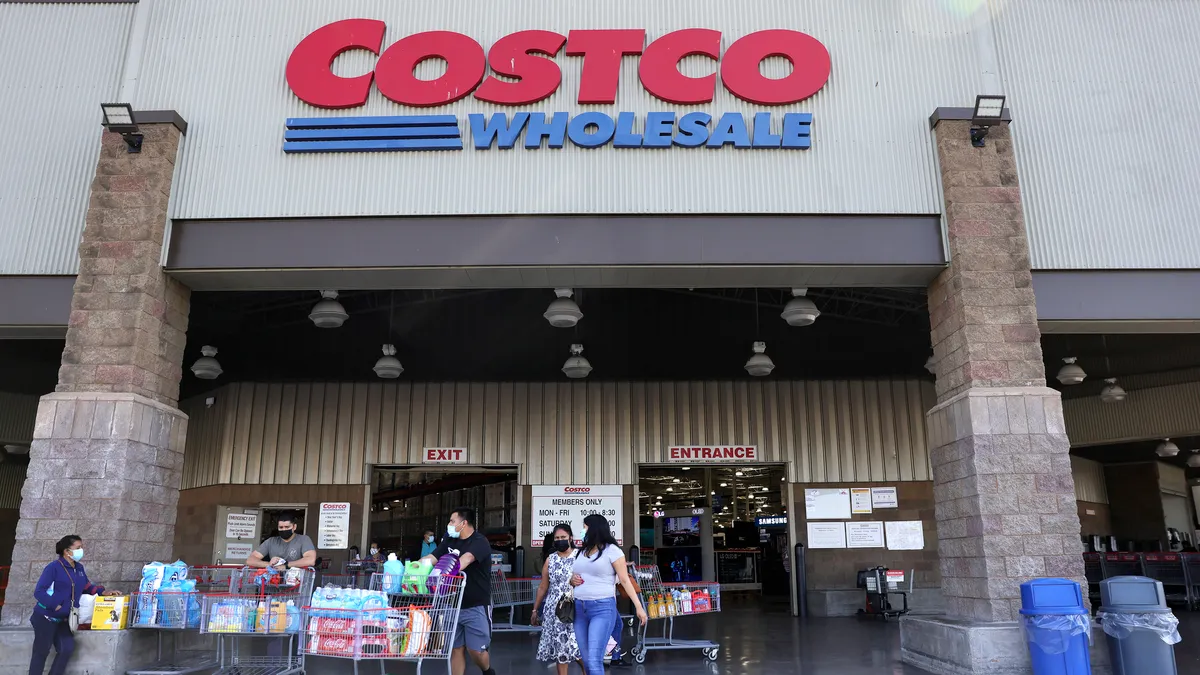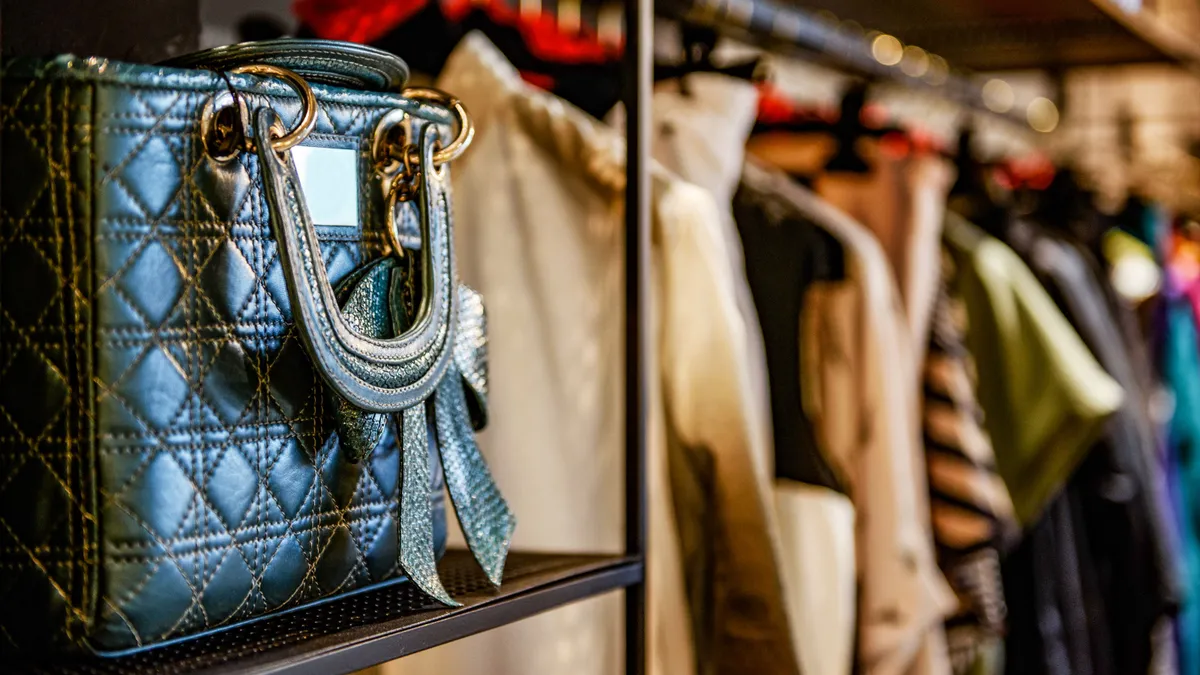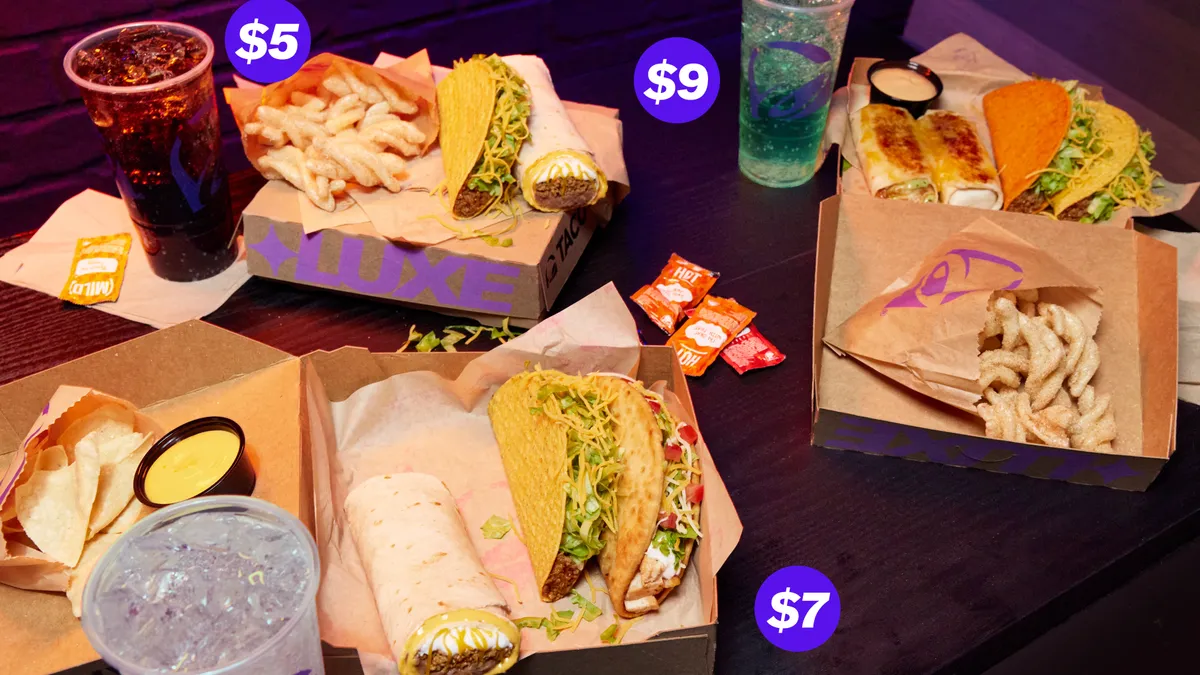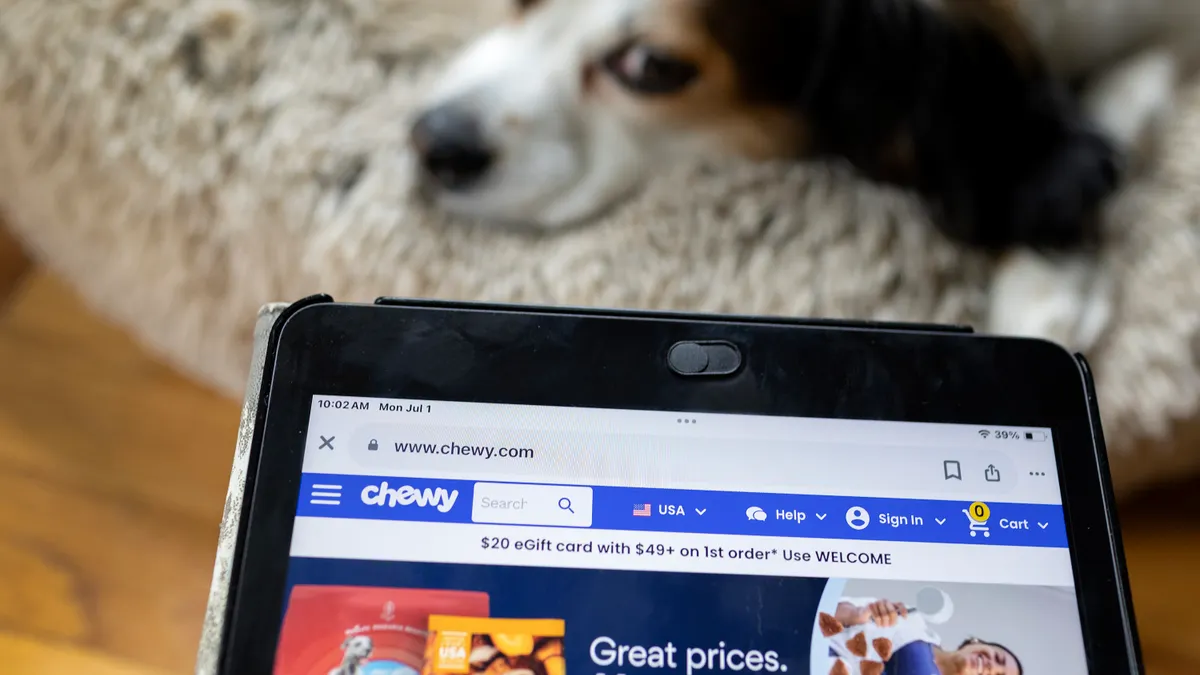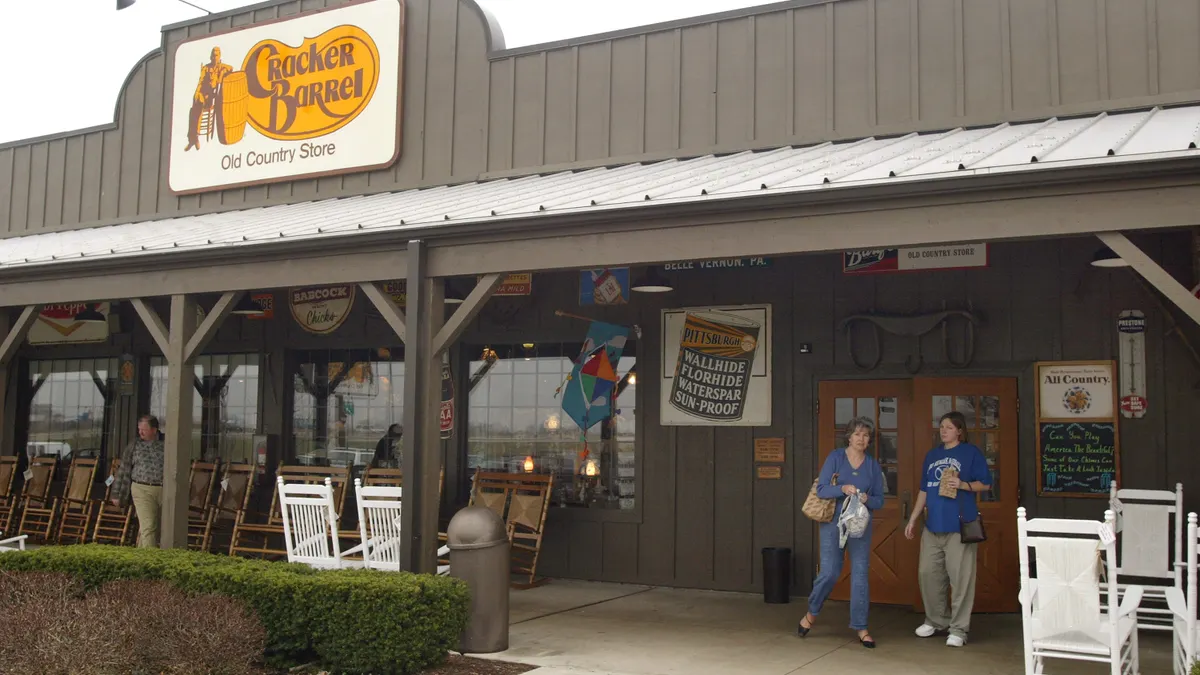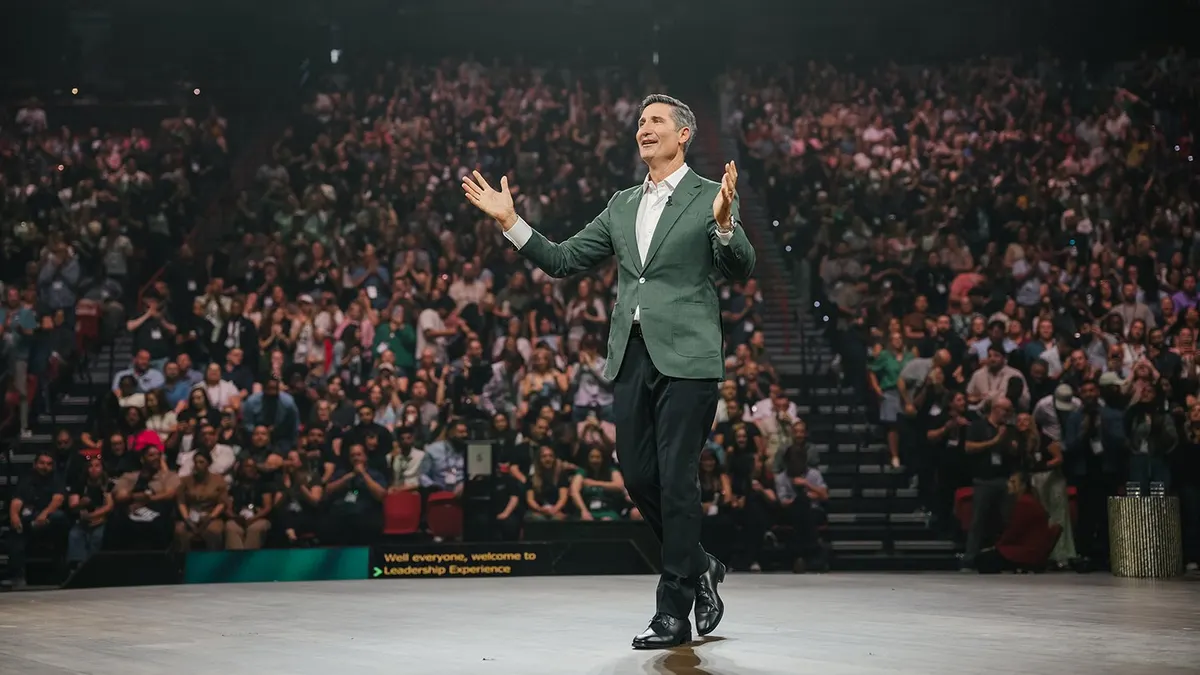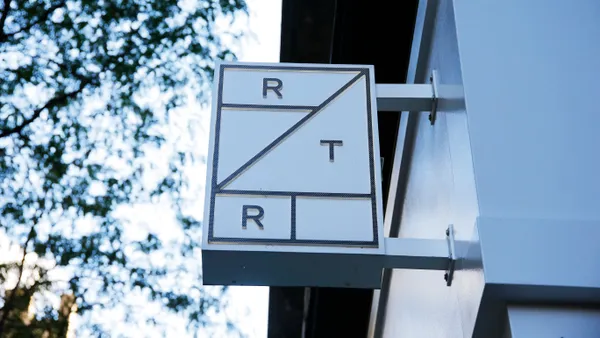NEW YORK — National Retail Federation’s annual Big Show is a showcase of top retailers’ biggest priorities, and customer experience was top of mind. A common theme at this year’s conference was an emphasis on tapping into consumer data and personalization.
Ulta Beauty shared plans to use its massive loyalty program as the backbone for planned personalization upgrades in the coming year. Meanwhile, Circle K explained how it is collecting customer and employee feedback to tackle customer experience issues in real time.
Here’s a look at how several other major retailers said they are planning to put customer data to use, from helping associates drive exceptional customer service to tailoring loyalty programs with targeted deals.
Guess explores the why behind the buy
Personalization isn’t just about product recommendations anymore. The practice can help brands forge strong relationships with customers, but achieving this requires a commitment to authenticity, according to Lance Tamanaha, director of customer experience at Guess.
Guess is putting customer data in the hands of stores to turn those insights into memorable experiences. Insights like a customer’s purchases across all channels, including not just what was bought but where it was bought, and loyalty status help associates create experiences that connect with shoppers.
“When you really listen to your customers, you understand not just what they’re buying, but why,” Tamanaha said. “That insight drives me to find ways of bringing that same sense of connection for every customer, no matter how important.”
Guess put its personalization technology and strategy to the test at a Miami pop-up in August last year. Associates used data to offer personalized invitations for longtime customers and enhance the customer service shoppers experienced inside the store.
“It empowered them with actual insights beyond just transactional data, helping them forge stronger relationships with their customers,” Tamanaha said. “This wasn't just about driving sales. It was about creating a sense of community.”
The Tile Shop puts customers before tech
The Tile Shop, which sells tiles to consumers and businesses, is in the midst of an omnichannel transformation that aims to make shopping easier across channels and looks to tailor experiences to specific demographics, whether a DIY homeowner or a professional contractor.
The key to getting experience right — no matter who is shopping, which channel they start in or where their journey ends — is to look at technology as a means to an end, according to Christopher Davis, CIO at The Tile Shop. By identifying the ideal experience first, businesses can then explore how that experience can be created.
“So as we think about all of those things we need to build out the business, and then we think about how that might connect to the technologies,” Davis said. “And what I ultimately knew is that if we don't focus first on the customer and then the products, then everything else just kind of gets lost.”
The retailer is pursuing a flexible technology base to help it meet the needs of every customer. This could range from being able to text back and forth with customers to enabling transactions that start in one channel and are completed in another.
“At the end of the day, it's really about getting more people to understand more about the products that we have, and being able to market them and sell them in a way that, ultimately, they are happy with,” Davis said.
Raley’s improves price perception with targeted loyalty
The Raley’s Companies sometimes struggles with price perception.
The grocer focuses on premium products and experiences, which leads to “non-shoppers” and infrequent customers thinking the brand has almost 20% higher prices than one of its major national competitors, according to Deirdre Zimmermann, chief customer experience officer at Raley’s. That perception, Zimmermann says, “is totally wrong.”
A highly personalized loyalty program helps Raley’s fight back against this idea. The company offers loyalty members tailored offers that match their purchasing preferences, and as a result, they have a much more favorable view of the retailer’s pricing compared to the competition.
“When you open the app, if you have a personalized offer that's for the brands that you love, that you always buy week after week, that drives price perception,” Zimmermann said. “You think you have more value in the cart versus these random CPG offers that just are a mess and not relevant.”
Customer data is the lifeblood of Raley’s loyalty program, according to Zimmermann. A deep understanding of each customer is what lets the retailer deliver promotions and coupons relevant to each member.


